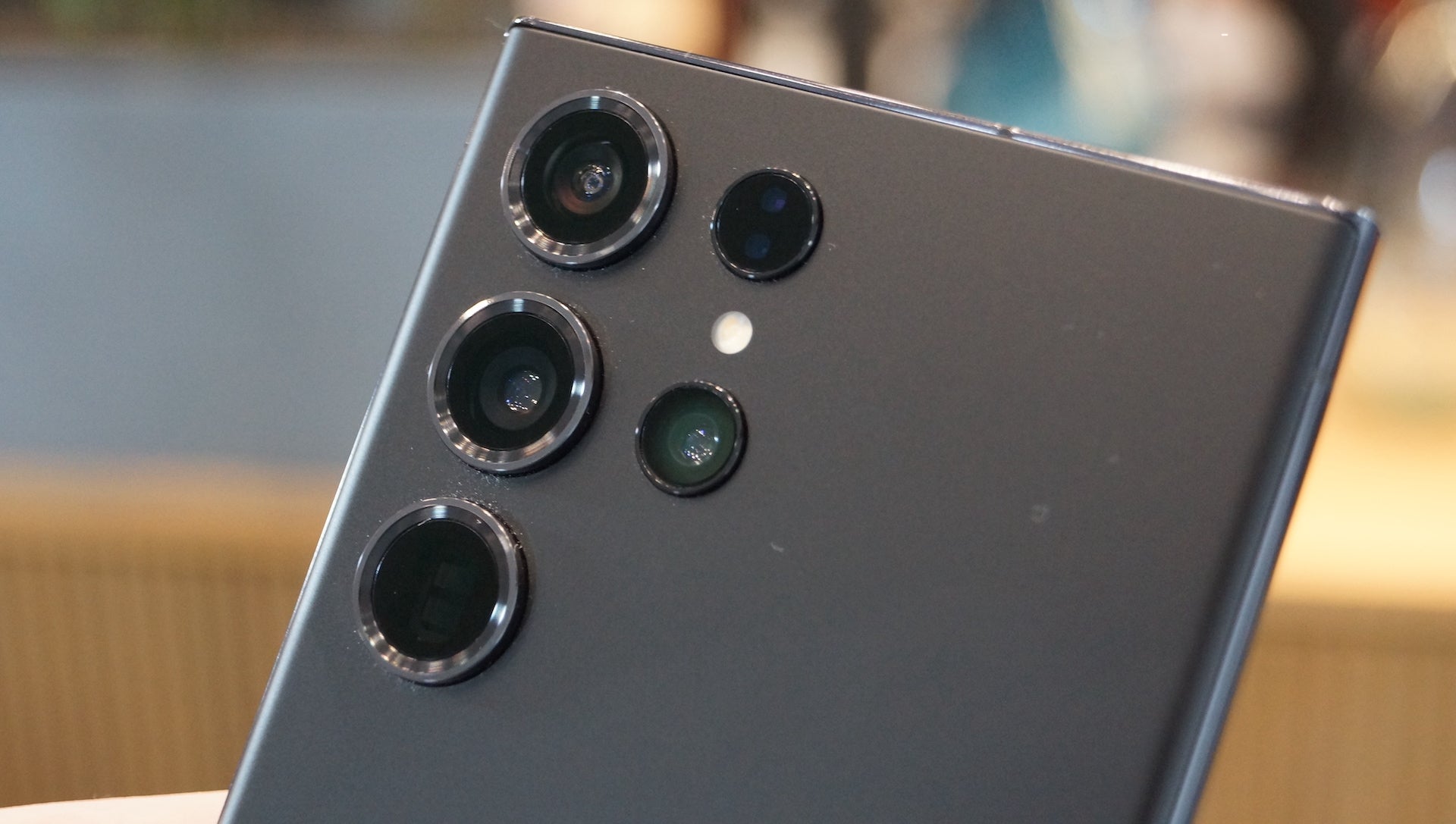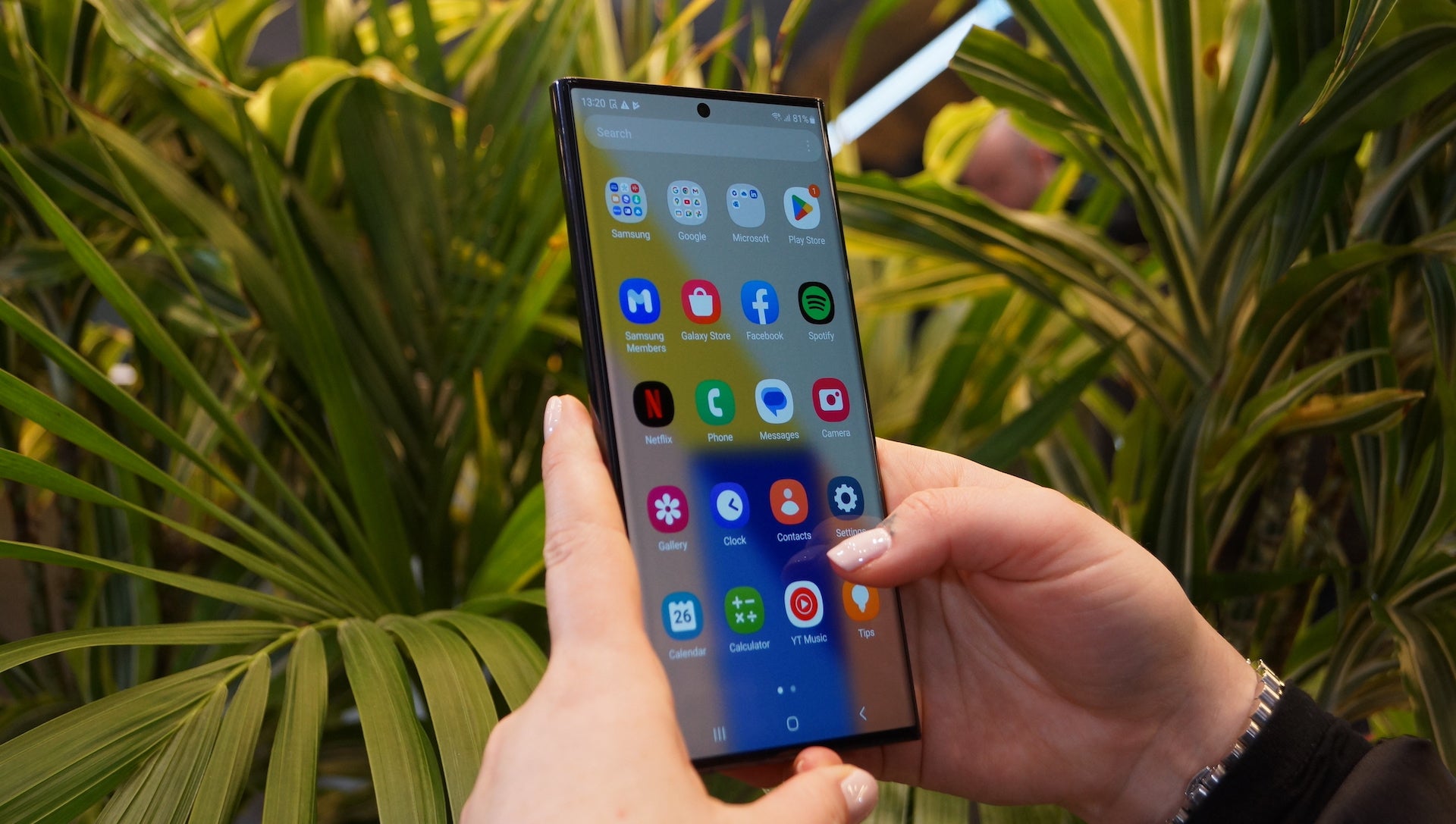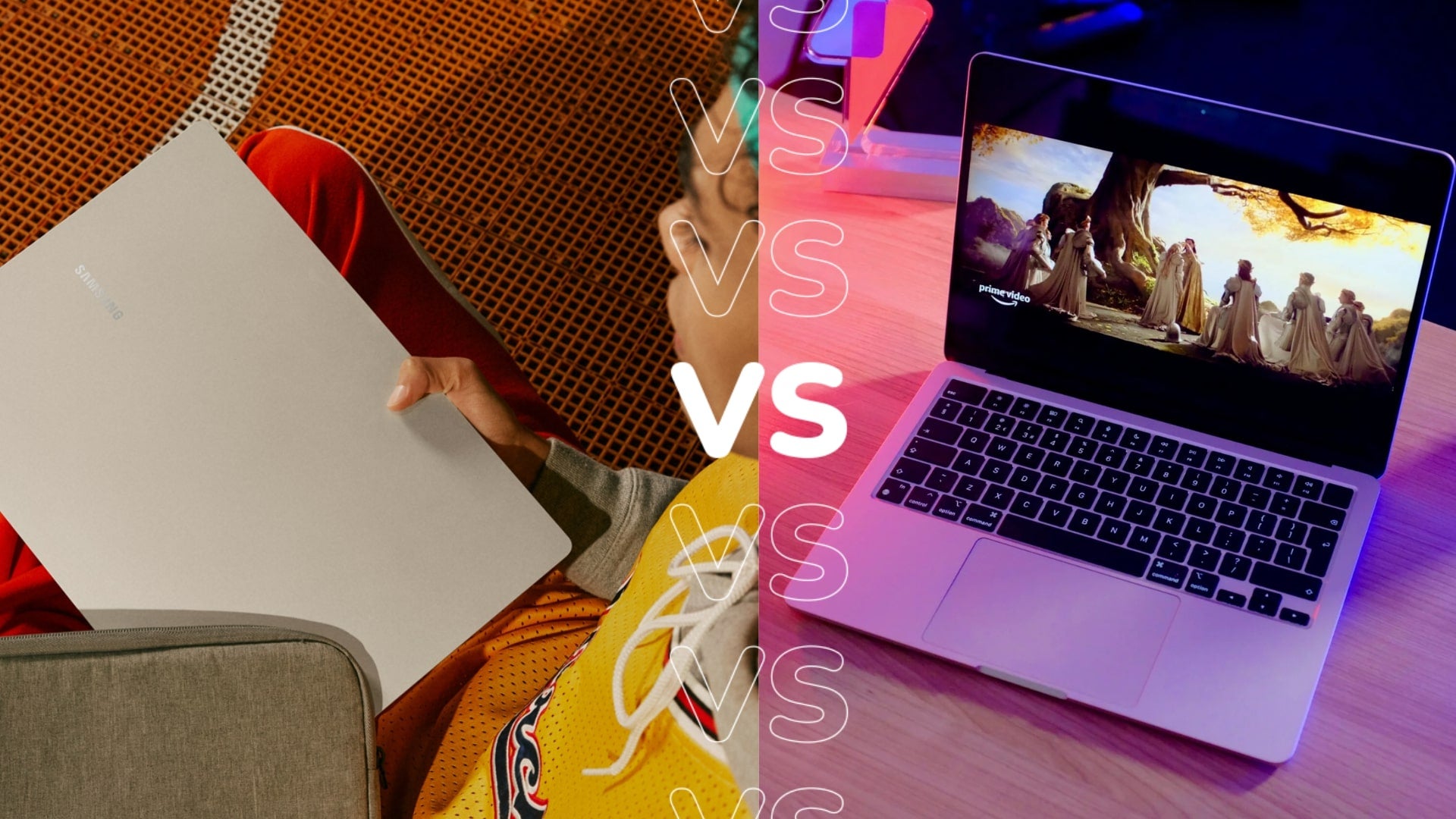Samsung Galaxy S23 Ultra vs Galaxy S22 Ultra: The two flagships compared
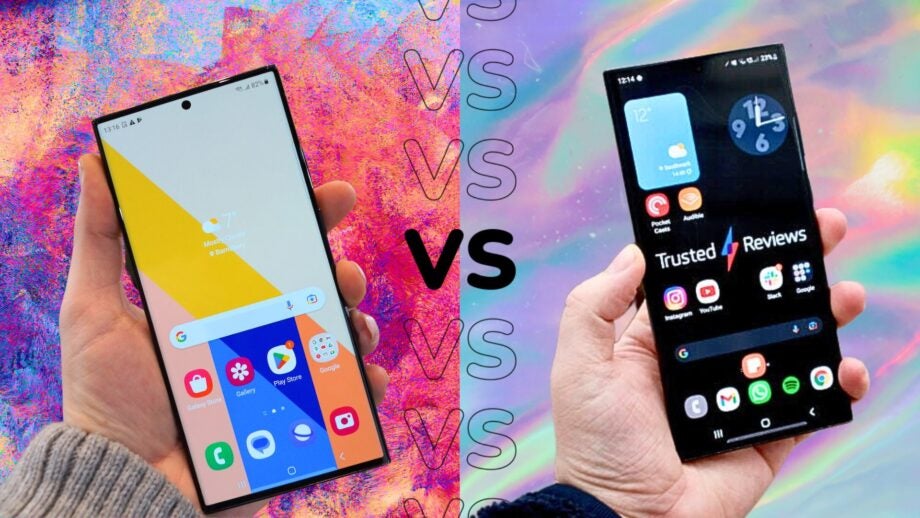
The Samsung Galaxy S23 Ultra is one of the best smartphones around in 2022 with unmatched zoom capabilities, but how does it compare to last year’s flagship, the Samsung Galaxy S22 Ultra?
While there are some key differences that separate the two, like an improved 200MP main camera and the latest Snapdragon 8 Gen 2 for Galaxy chipset from this year’s flagship, the two are much more similar than you might expect.
That means, if you’re not so fussed about having the latest and greatest, you could save yourself a lot of cash by opting for the slightly older 2022 flagship.
Here are the key differences (and many similarities) between the Samsung Galaxy S23 Ultra and its predecessor, the Samsung Galaxy S22 Ultra, to help you decide which is best for your needs.
Design and display
If you were to look at the Samsung Galaxy S22 Ultra and the S23 Ultra side-by-side, you’d be hard-pressed to find any huge differences in design and that’s because, for the most part, the two smartphones are near-identical.
The overall look and feel of the S23 Ultra closely mirrors that of its predecessor, complete with the same minimalist camera housing on the rear – though this year’s S23 Ultra finally matches the design of the rest of the S23 range. It’s made from the same combination of aluminium and glass too, providing just as premium a look and feel as the S22 Ultra does.
Colour options are slightly different with the newer model, available in Phantom Black, Cream, Green and Lavender, compared to the Black, Cream, Green and Burgandy finishes of last year’s top-end flagship.
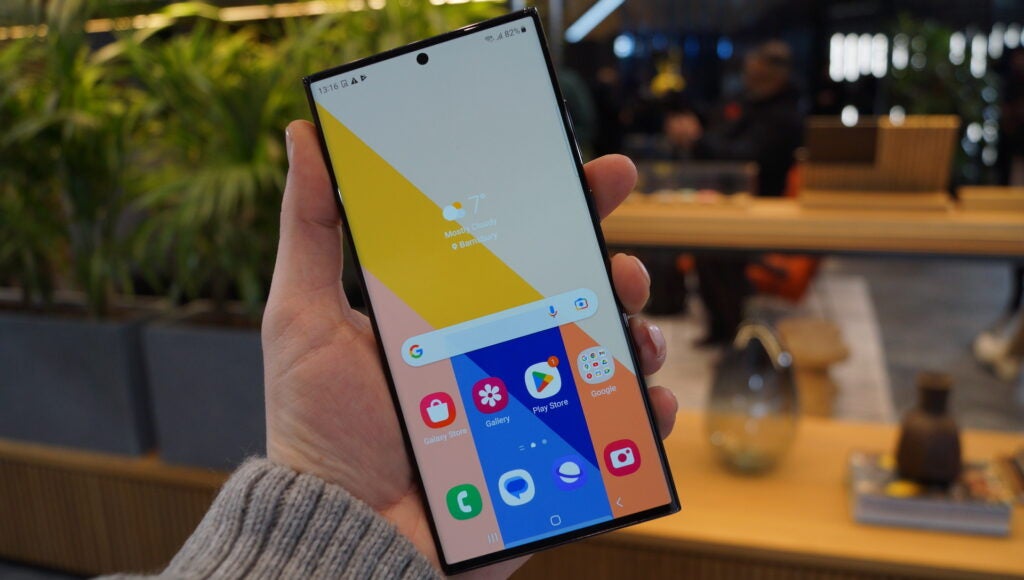
The placement of the USB-C port, volume rocker and volume controls remain the same across both models, as does the inclusion of Samsung’s Galaxy S Pen stylus, which is hidden in the bottom-left portion of the phone’s chassis and is accessible with a press of the pen tip.
There are slight improvements to S Pen functionality with the S23 Ultra, including the option to collaborate on handwritten notes with other S23 Ultra users, but the two styli are essentially the same.
Both the S22 Ultra and S23 Ultra sport the same expansive 6.8-inch AMOLED 2X display with a high resolution, 120Hz refresh rate and support for HDR10+ content, but considering the S22 Ultra’s display was regarded as one of the best around, that’s not necessarily a bad thing.
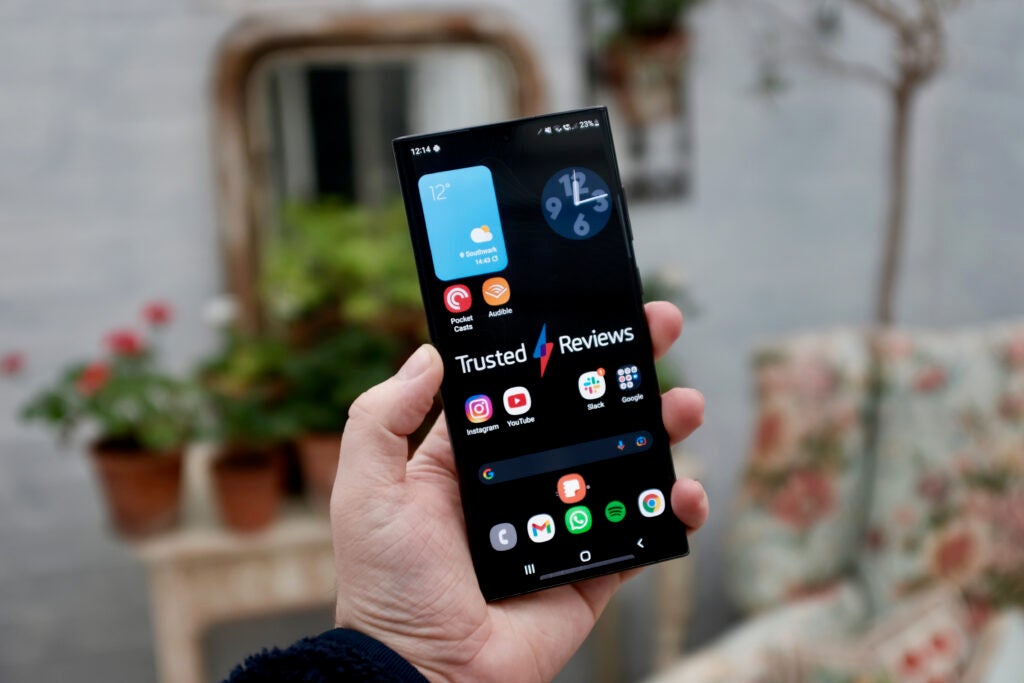
The only real notable difference is that the newer Galaxy S23 Ultra has a slightly flatter display than last year’s option to provide a slight increase to the usable screen area, though it does still feature a curvature to the left and right.
There’s also an improvement to the display protection with the Galaxy S23 Ultra, boasting Corning’s latest Gorilla Glass Victus 2 that the company claims should perform better when dropped onto concrete surfaces specifically. The S22 Ultra, on the other hand, uses the original (but still robust) Gorilla Glass Victus.
Cameras
The main differentiator between the newer Samsung Galaxy S23 Ultra and its predecessor is the camera offering. More specifically, the S23 Ultra sports a whopping 200MP rear-facing camera powered by Samsung’s ISOCELL HP2 sensor, compared to the 108MP alternative from the S22 Ultra.
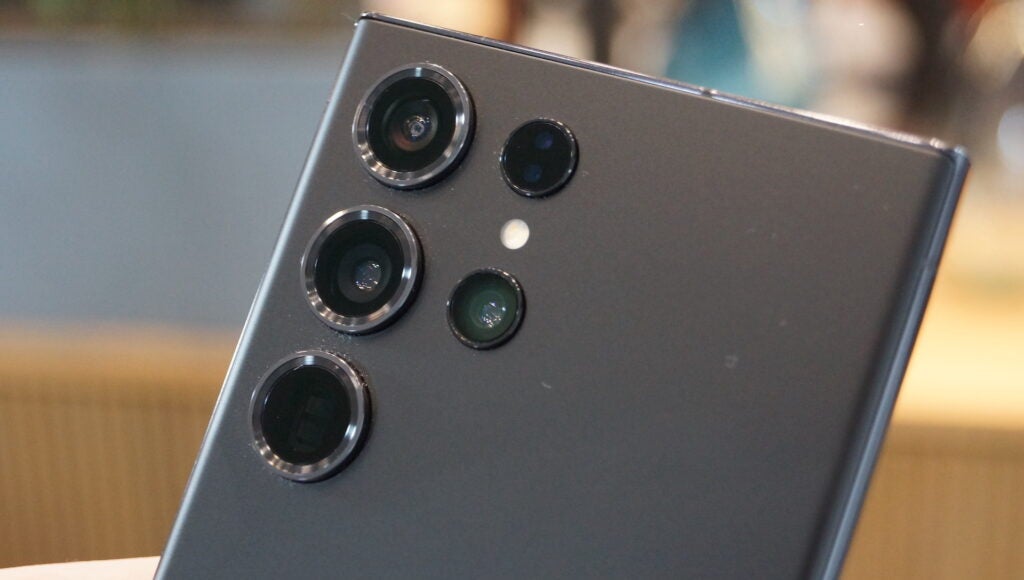
This is more than a simple megapixel bump too; the new sensor uses 16-in-1 pixel binning tech to deliver more detail than the S22 Ultra, but the biggest difference is in low-light performance with marked gains not only in terms of general light but colour and detail too. There’s even a new astrophotography mode available on the latest flagship to help you take advantage of the upgraded main lens.
We remarked in our review that the main 200MP didn’t struggle with any scenario during our testing – in fact, we thought the snapper surpassed expectations regardless of environmental light, delivering plenty of detail and light even when compared to the S22 Ultra which we felt was already pin-sharp and vibrant.
The rest of the offering – that is a 12MP ultra-wide, and a pair of 10MP optical lenses with 3.5x and 10x respectively – is essentially the same across both smartphones, though the newer model boasts improved tuning and more advanced AI to give on-phone camera processing a leg-up that makes a particular difference with software-assisted zoom.
Interestingly, it looks like the Samsung Galaxy S22 Ultra has the upper hand in the front-facing camera department with a 40MP snapper compared to the 12MP camera from this year’s S23 Ultra. While that is certainly the case on paper, the newer snapper delivers improved video performance and support for the company’s Super HDR tech that vastly improves the dynamic range of selfies.
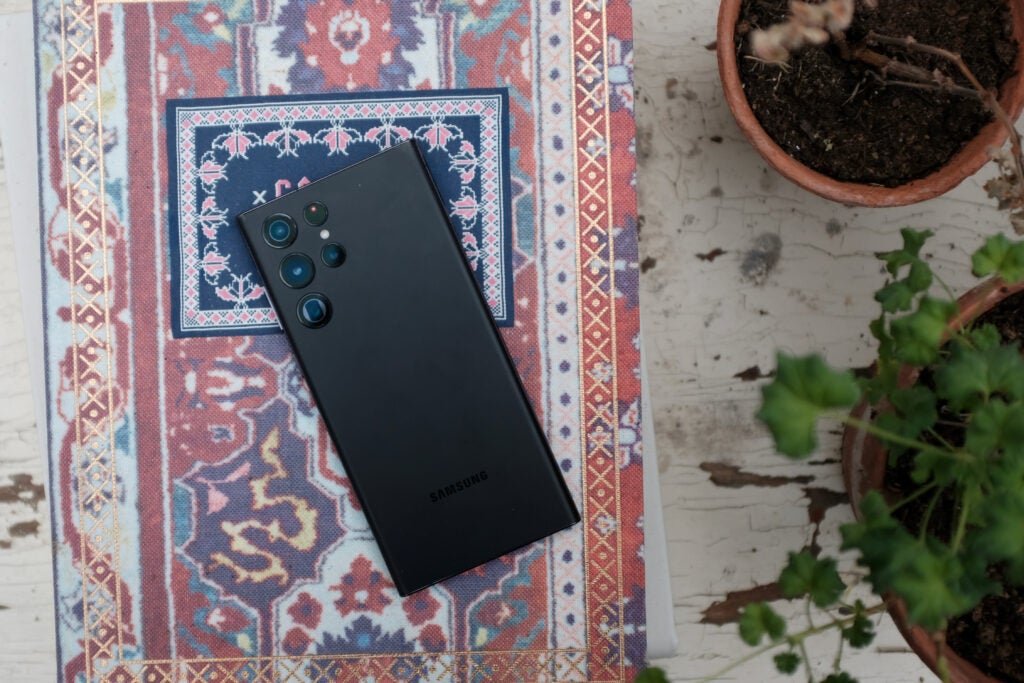
Performance
With a new generation of smartphones comes a new processor, and that’s no different with the Samsung Galaxy S23 Ultra. It sports a unique variant of Qualcomm’s latest chipset dubbed the Snapdragon 8 Gen 2 for Galaxy, which delivers flagship-level performance with an overclocked CPU and a more powerful and power-efficient Adreno GPU.
We found that everyday performance was blisteringly fast with nary a stutter in sight, even when running demanding games at the phone’s full resolution. It’s a true powerhouse of processing power only really surpassed by performance-focused gaming phones like the Asus ROG Phone 7 Ultimate. For most people, this will be more than enough and helps future-proof the phone as apps and games get more demanding over time too.
The Galaxy S22 Ultra, on the other hand, sports one of two chipsets depending on where you are in the world. If you’re in Europe then you’d find Samsung’s own Exynos 2200 chipset while the rest of the world got access to the Snapdragon 8 Gen 1. We found that the Exynos 2200 chipset was fine for everyday use, though there are some questions about battery efficiency compared to the Snapdragon counterpart.
Thankfully, there’s none of that confusion this time around with the Qualcomm variant of S23 Ultra shipping worldwide. No more having to import international variants to get your hands on all that Snapdragon power.
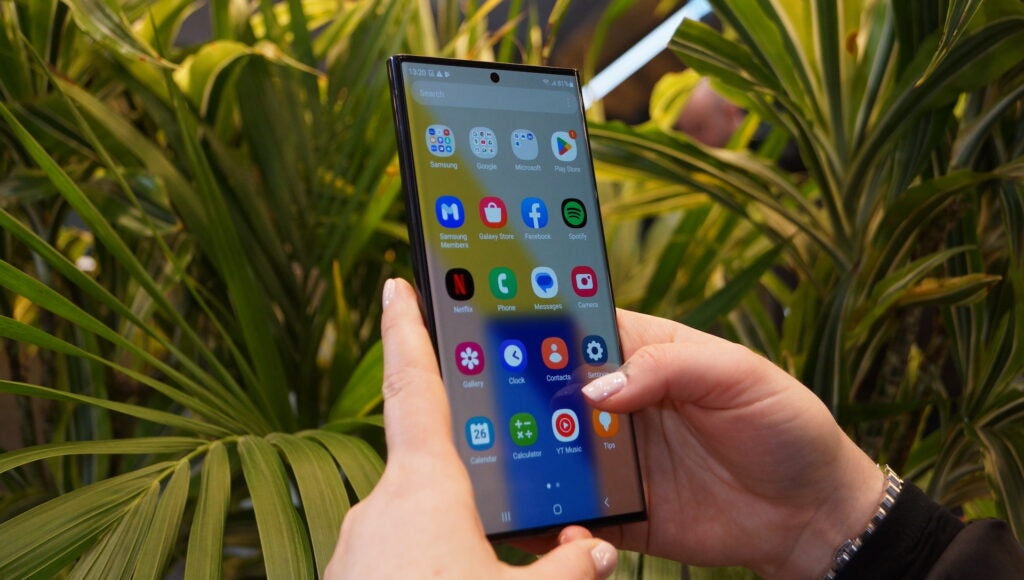
When it comes to software updates, both the Samsung Galaxy S22 Ultra and S23 Ultra offer support for Android 13 – though S22 Ultra users will have to upgrade from the older Android 12 that it initially shipped with.
The difference is Samsung’s OneUI 5.1 update, which is exclusive to the S23 Ultra – for now, anyway. Rumours suggest Samsung is working on an OneUI 5.1 update for the S22 Ultra, so new features like customisable modes and routines and the ability to reply to incoming calls with a text via Bixby could also come to the older flagship at some point.
Where the two differ is future software updates. Both offer a generous four years of OS upgrades and five years of security updates, but as the S22 Ultra initially launched with Android 12, it’ll only get up to Android 16 whereas the newer S23 Ultra will get the Android 17 update.
Regardless, Samsung’s long-term software support is among the best around on Android so you can enjoy new features and functionality for quite some time.
Battery
This one’s easy; both the Samsung Galaxy S22 Ultra and S23 Ultra sport the same 5000mAh battery and 44W fast charging capabilities, which means there shouldn’t be any real meaningful difference in overall battery life.
However, that’s not quite true in real-world usage, with the S23 Ultra and its much more power-efficient Snapdragon 8 Gen 2 for Galaxy chipset offering a boost to overall battery life. We found that, even with the top-end resolution and high refresh rate enabled, the S23 Ultra didn’t struggle to last all day regardless of what we were doing.
That’s a bit of a different story compared to the Exynos-equipped Galaxy S22 Ultra that we found could just about make it to the end of the day with less than 10% charge remaining, with even Apple’s iPhone collection offering better battery longevity.
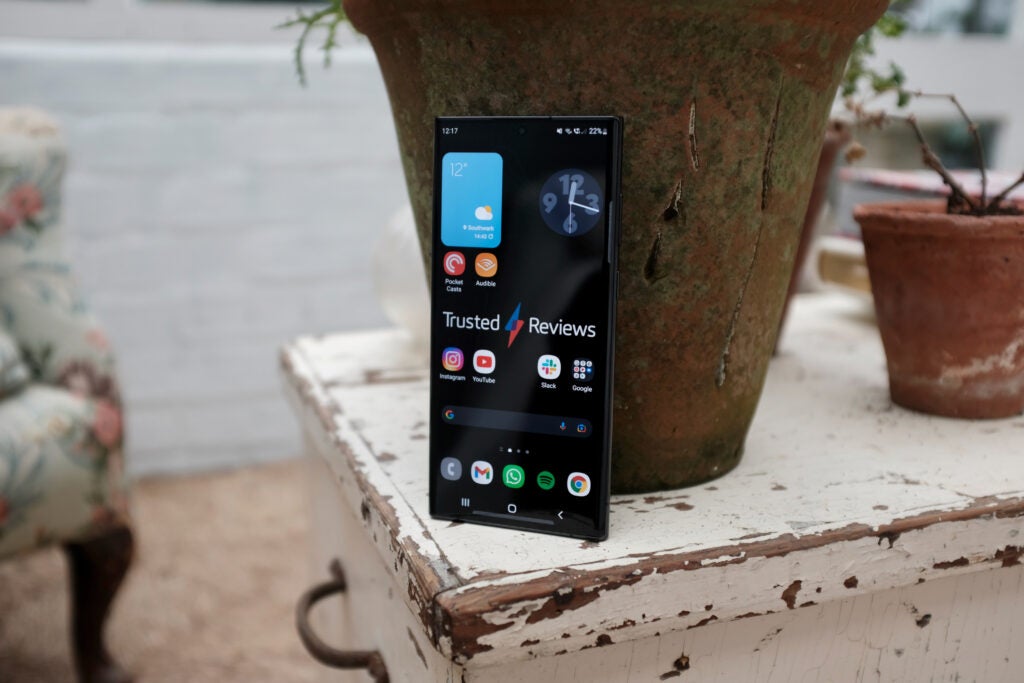
Final Verdict
Though the Samsung Galaxy S23 Ultra has key improvements like a 200MP camera and the exclusive Snapdragon 8 Gen 2 for Galaxy, it’s not that different from its predecessor.
That’s not necessarily a bad thing if you’re new to the Samsung family as it’ll certainly offer an upgrade over your current phone, but the few differences between it and last year’s S22 Ultra means it’s not quite as tempting an upgrade for any S22 Ultra owners out there.
It might also be worth considering the slightly older S22 Ultra even with the S23 Ultra available, as the two are still fairly similar and the S22 Ultra is available for as little as £751 at Amazon in the UK, a huge £500 discount compared to the £1,249 Galaxy S23 Ultra.
Jargon buster
mAh
An abbreviation for milliampere-hour and a way to express the capacity of batteries, especially smaller ones in phones. In most cases the higher the mAh, the longer the battery will last but this isn’t always the case.
OLED and AMOLED
Types of displays that use self-lighting pixels to provide greater contrast and more vibrant colours than a typical LCD display, as well as sharper blacks.
OneUI
Samsung’s skin that sits over the top of Android on all of its Android devices.


